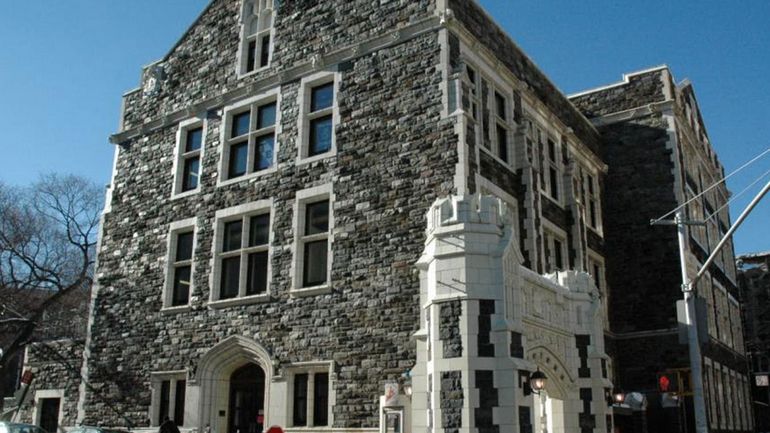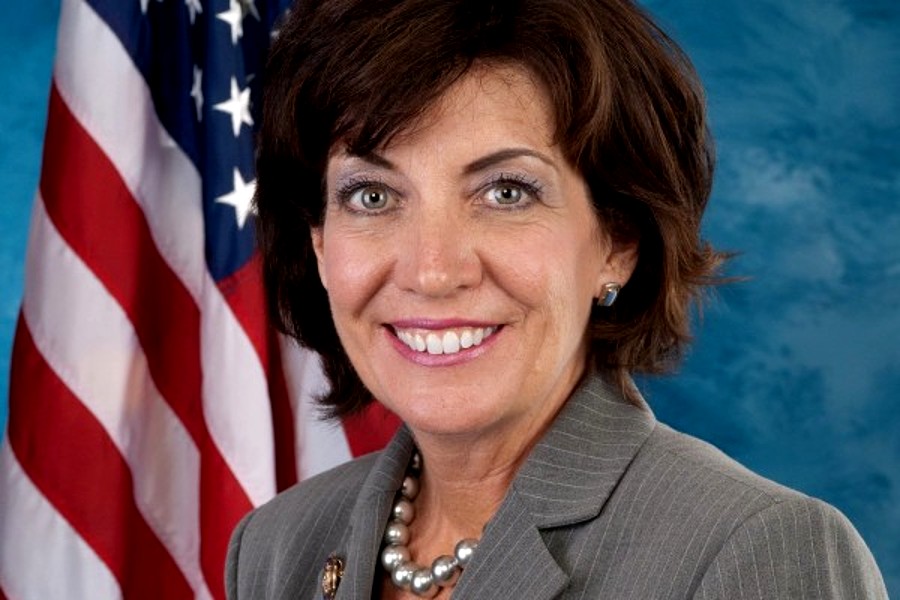 Market Watch reports that New York lawmakers have approved a plan to make attending public colleges and universities free for students from middle-class families.
Market Watch reports that New York lawmakers have approved a plan to make attending public colleges and universities free for students from middle-class families.
The plan, which New York Governor Andrew Cuomo announced back in January, was approved Sunday by the state Senate, after receiving the OK from the state Assembly a day earlier. Under the plan, in-state students whose families earn $125,000 or less can participate. Altogether, the program is expected to cost New York $163 million and is expected to benefit roughly 940,000 families.
New York is the first state to offer free four-year tuition. Previously, Tennessee and Oregon created programs that made community college tuition-free — Tennessee’s initiative in particular inspired former President Obama’s free community college plan. A proposed program in Rhode Island that would make the first two years at one of the state’s public colleges tuition-free has met some resistance, even from Democrats.
The New York plan, nicknamed the Excelsior Scholarship, will be phased in over three years: Families earning up to $100,000 a year will qualify in 2017, families making up to $110,000 per year can participate in 2018 and families with income up to $125,000 can take part in the program in 2019.
Parents of teens face an emotional dilemma: counseling their children when not making it into their top college is their first real rejection. WSJ’s Clare Ansberry explains on Lunch Break with Tanya Rivero. Photo: Kendrick Brinson for The Wall Street Journal
Tuition at the State University of New York schools costs $6,470 for in-state students, while community colleges cost $4,350 for residents.
The New York program borrows heavily from the ideals put forward by the progressive wing of the Democratic Party. But while New York succeeded in passing a free tuition program, other states may not see the same degree of success. The Empire State was a bit of a special case, since it was already more generous than most in funding public higher education (though it’s spent less on higher education since the recession.)
And free college initiatives can cost states anywhere from $42.8 million (Delaware) to $4.96 billion (California) in revenue from tuition in just the first year, according to a report released last October by the Campaign for Free College Tuition. Plus, some critics have argued that these programs don’t address other factors that make attending college a difficult proposition for lower-income students, such as needing to work part-time to support their families. And these programs may not help to enrich the funding public colleges and universities receive, meaning ones that are under-resourced may stay that way.
Become a Harlem Insider!
By submitting this form, you are consenting to receive marketing emails from: . You can revoke your consent to receive emails at any time by using the SafeUnsubscribe® link, found at the bottom of every email. Emails are serviced by Constant Contact








